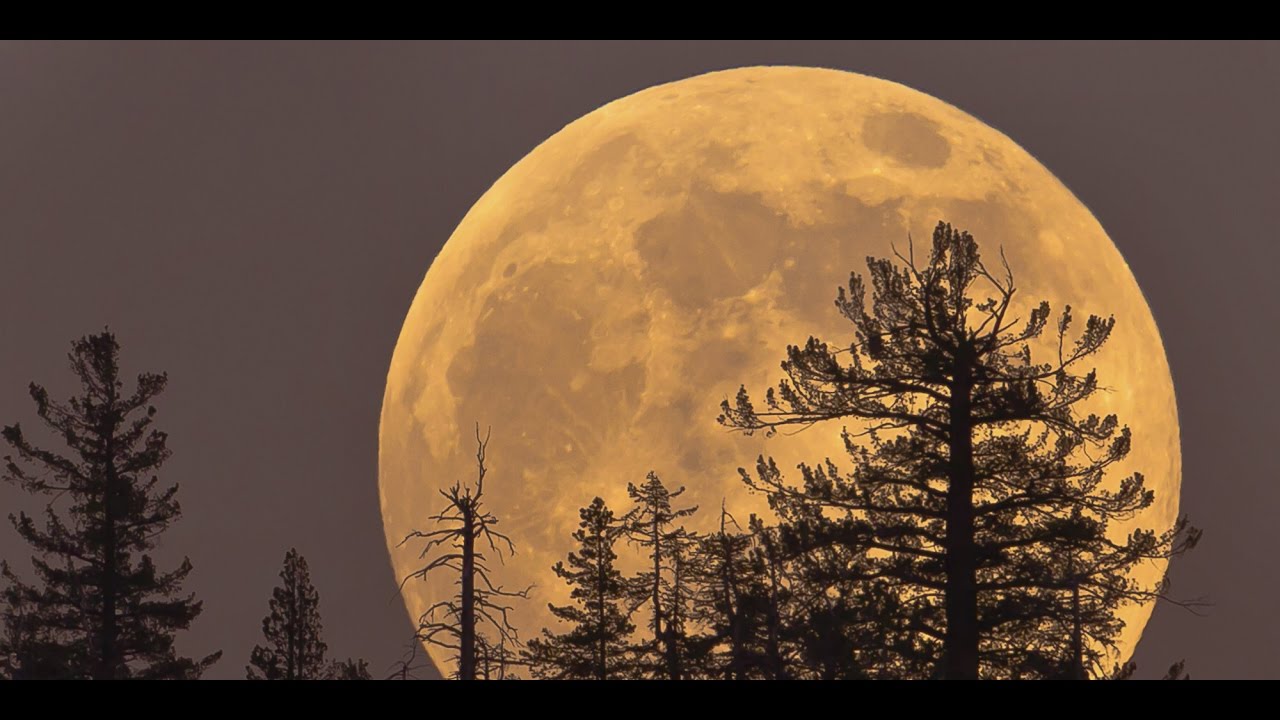
Photo: Youtube
On Sunday evening, a spectacular supermoon will rise above the horizon. But what is a supermoon? What does it mean and how will it affect us?
What is a Supermoon?
Full moons can occur at any point in the moon’s elliptical orbit, but when the full moon occurs right at the perigee, the moon appears larger and brighter, resulting in what astronomers call the supermoon. Supermoons happen when a full moon approximately coincides with the moon’s perigee. Perigee means the point in the moons orbit that it is closest to Earth. This makes the moon appear up to 14 percent larger and 30 percent brighter than usual. The moon becomes will become totally full at 10:47 a.m. EST on Sunday, December 3. It will officially reach perigee less than 24 hours later on Monday, December 4th at 3:45 a.m. EST. This means it is a mere 222,135 miles away from Earth.
A Year of Solar Beauty
If this year’s total solar eclipse was any indicator, the supermoon could be a few moments of beautiful, awestruck silence and wonder. In a time when we are glued to the constant, eerie glow of our digital lives and are endlessly pinged with anxiety-inducing news, the chance to stretch our necks and direct our gaze skywards, to what our ancestors stared at as they explored our young, untouched world, will be, well, nice. It’s not as rare as a total solar eclipse, and not as brief and fleeting, but its infrequent appearance and sheer beauty is a gorgeous, timely reminder that the universe holds secrets that go far beyond the slog of daily life on Earth.









